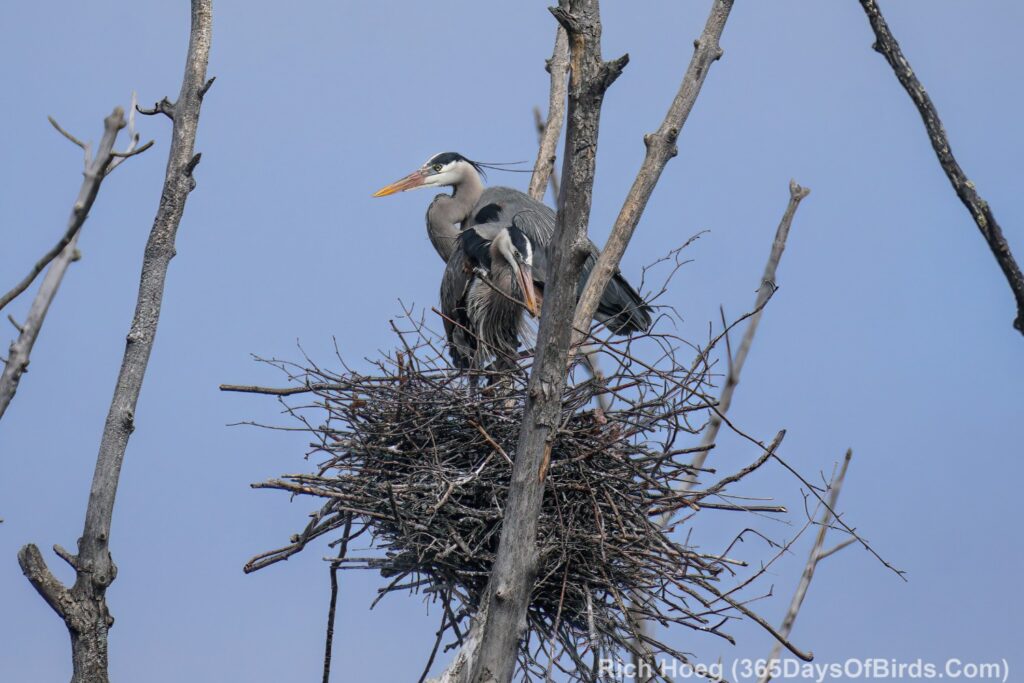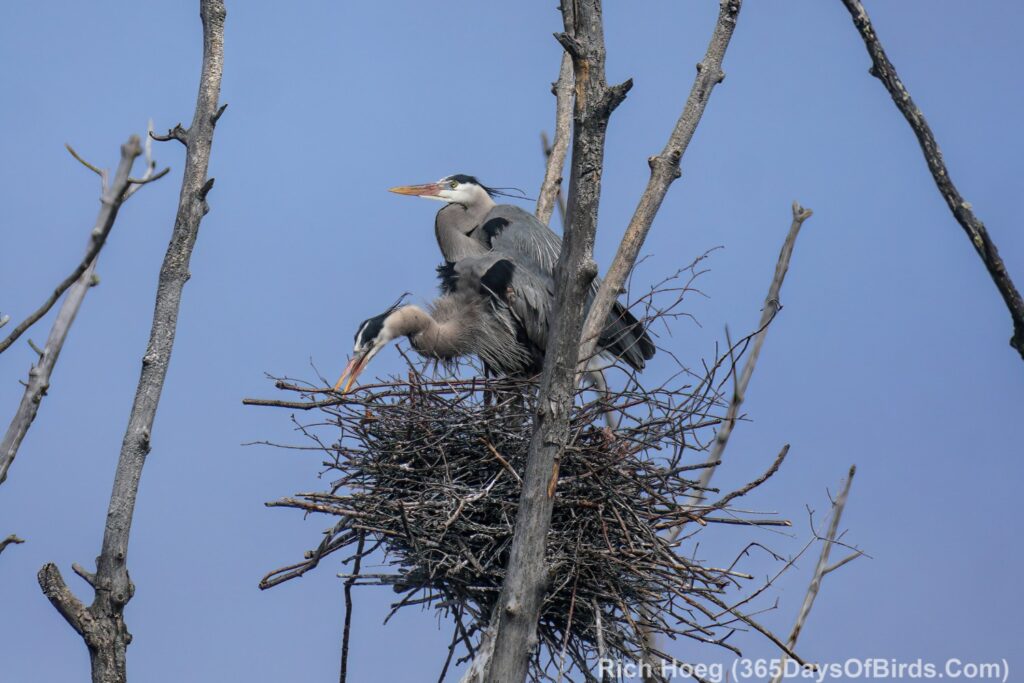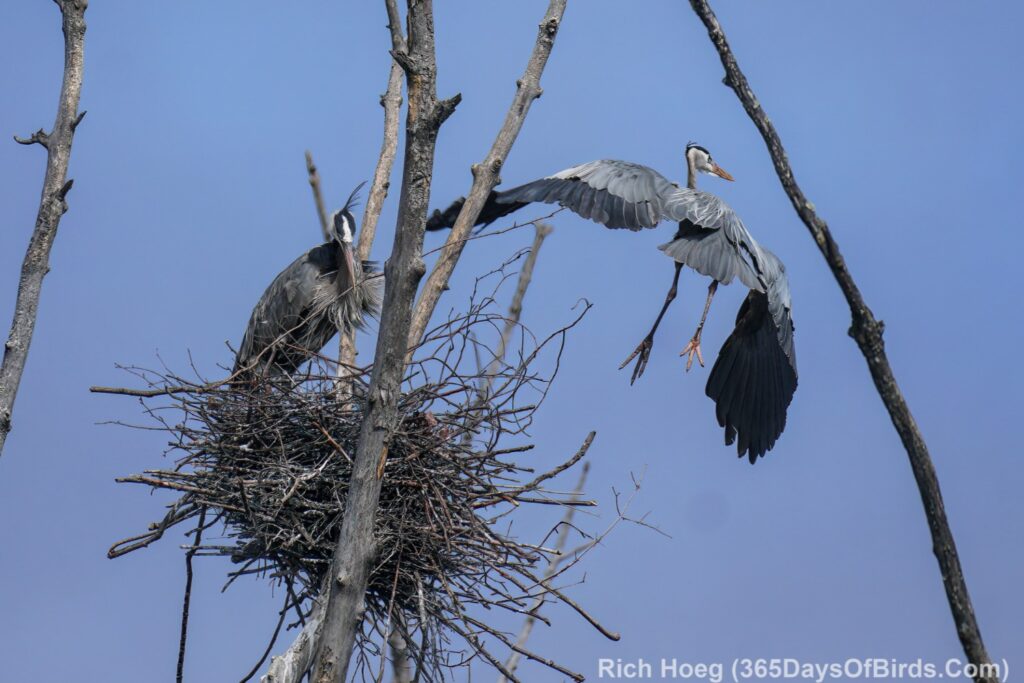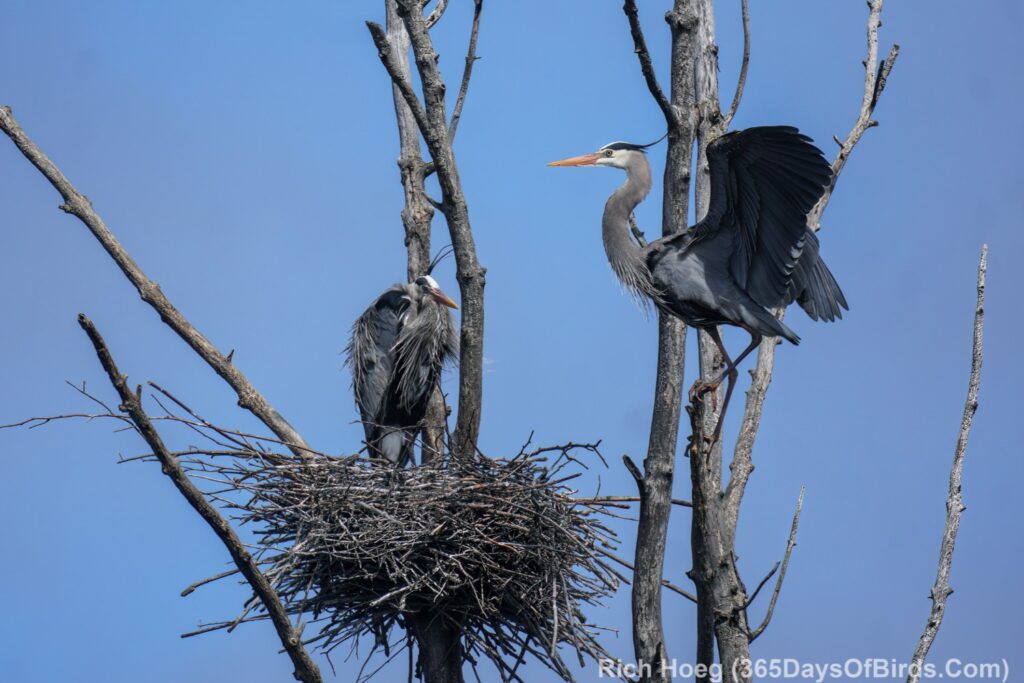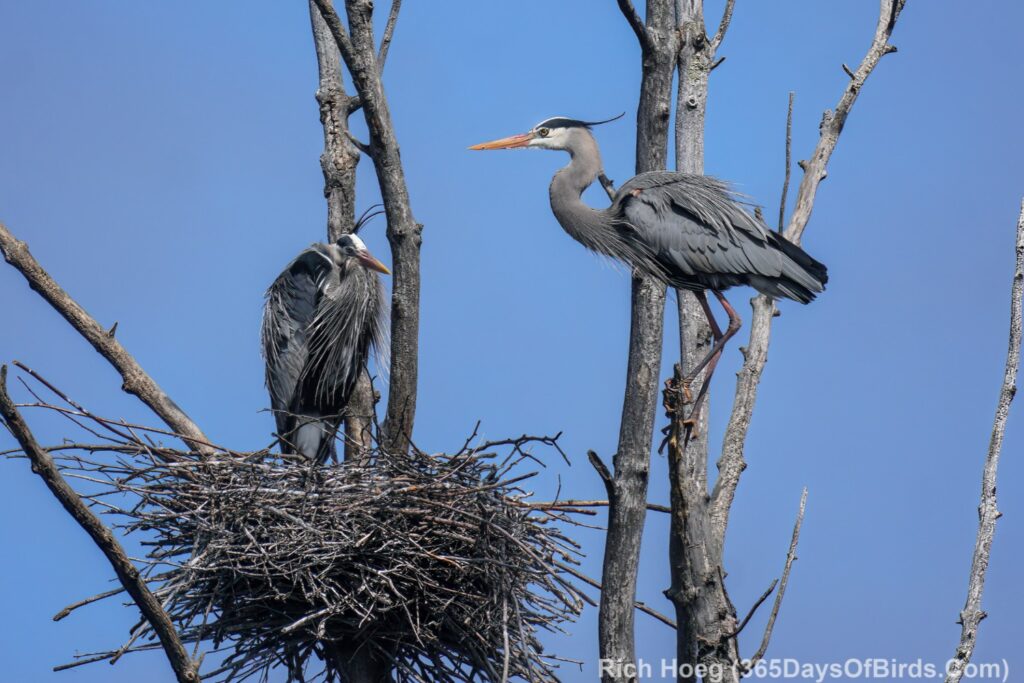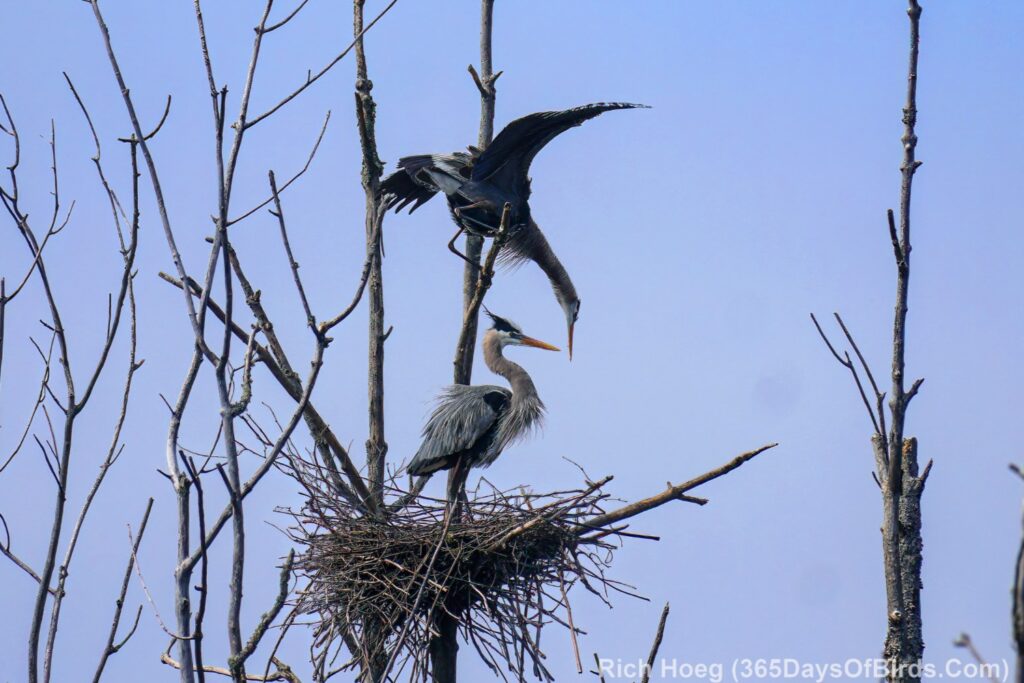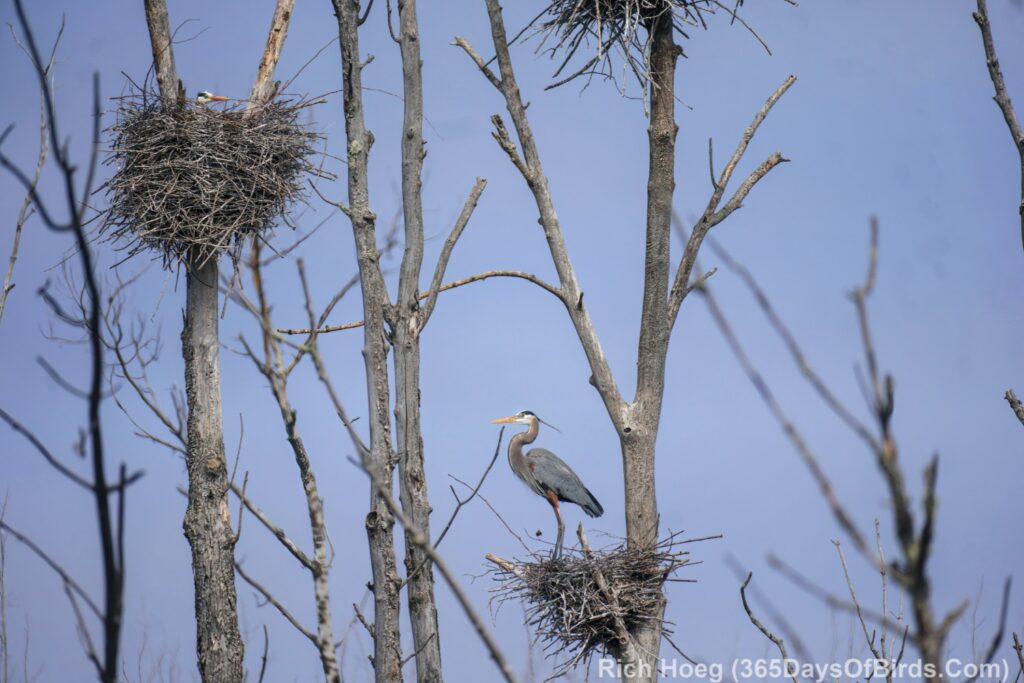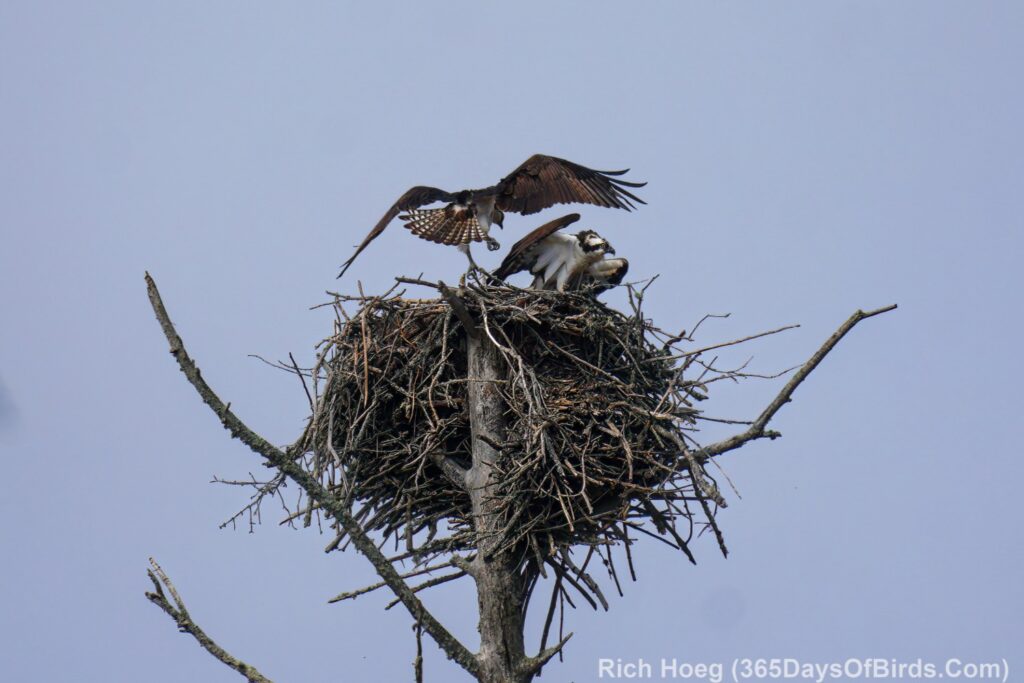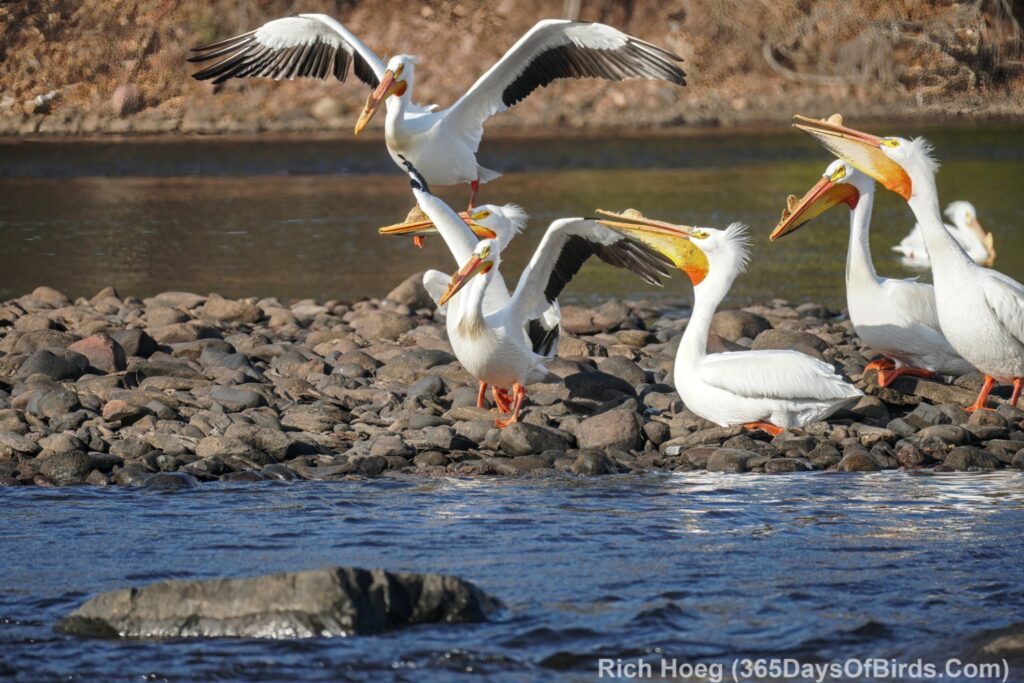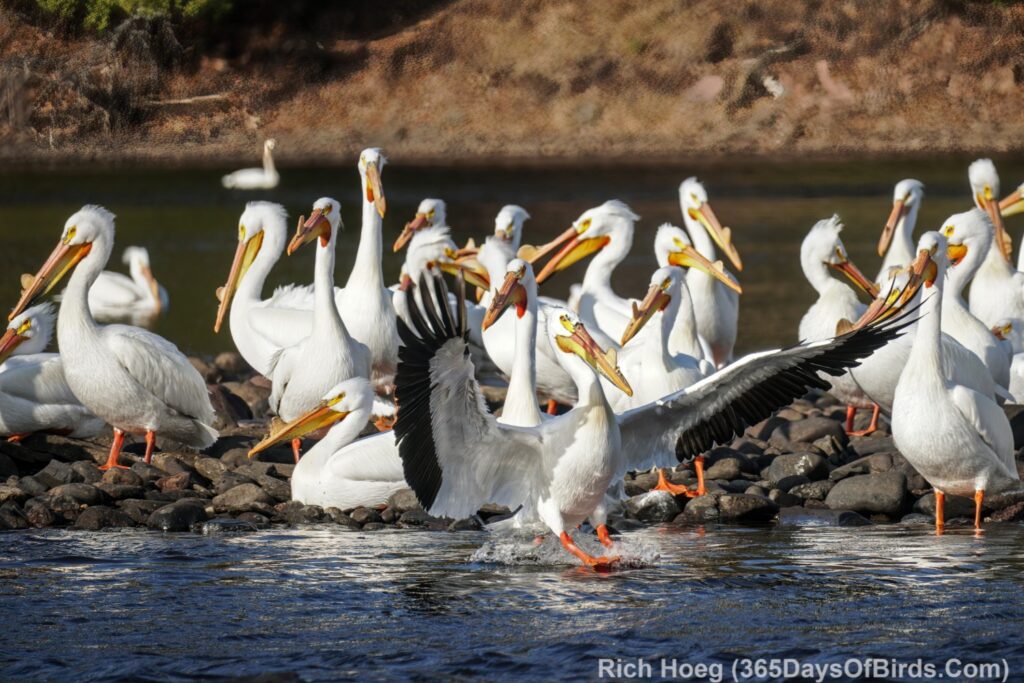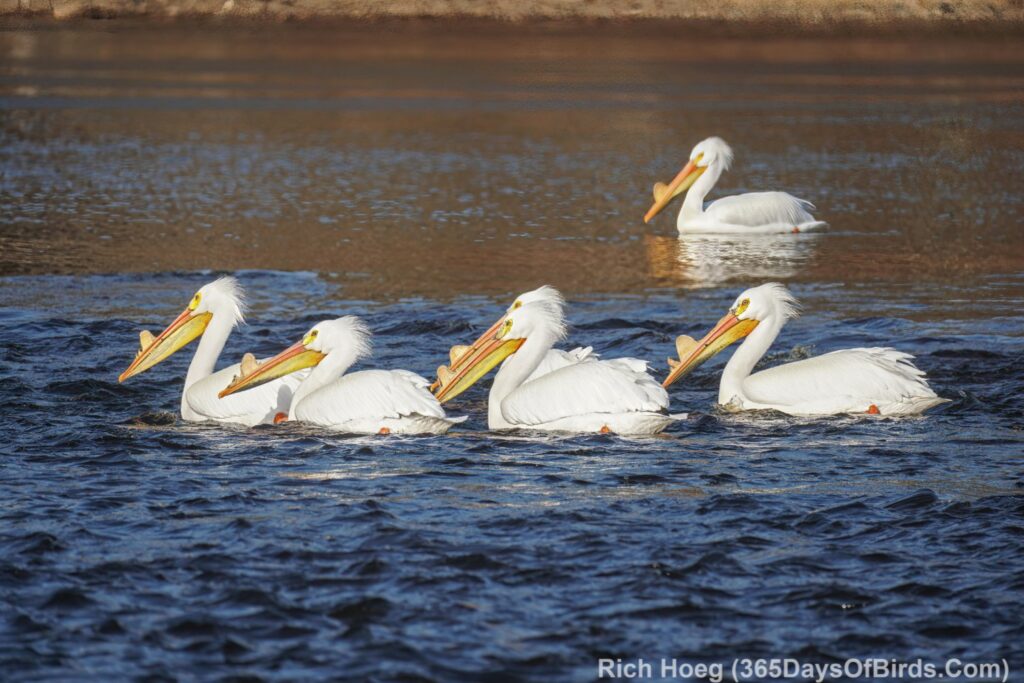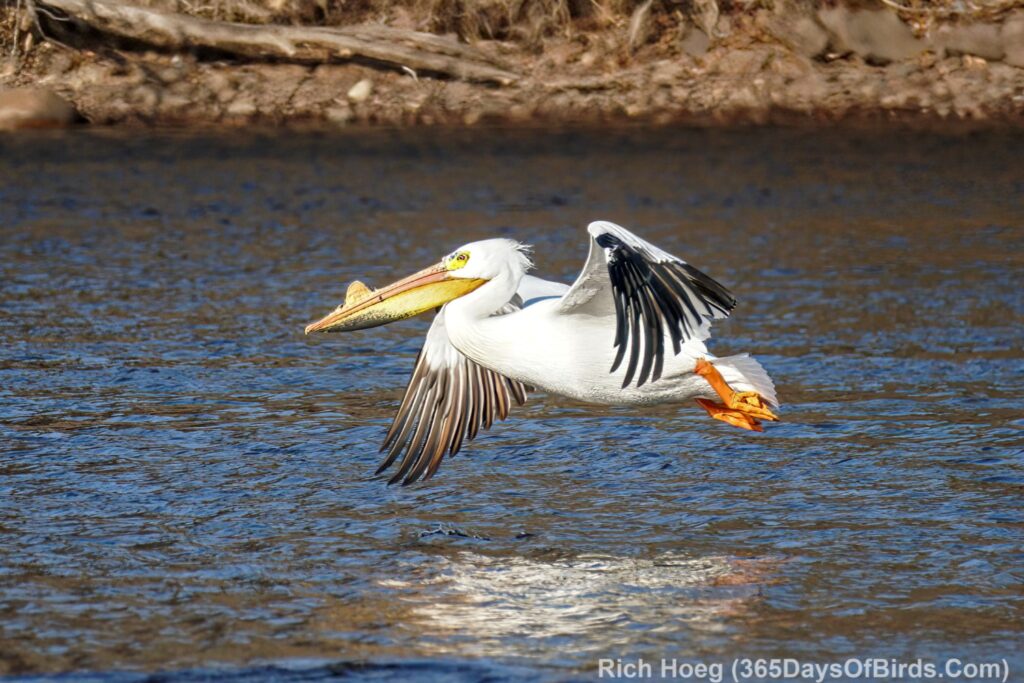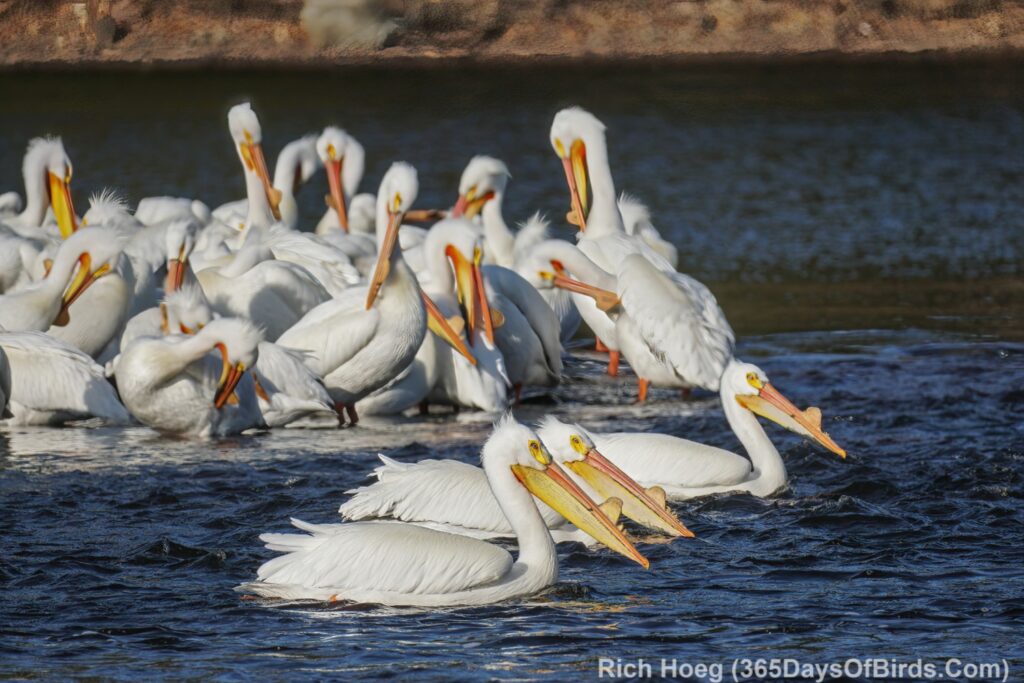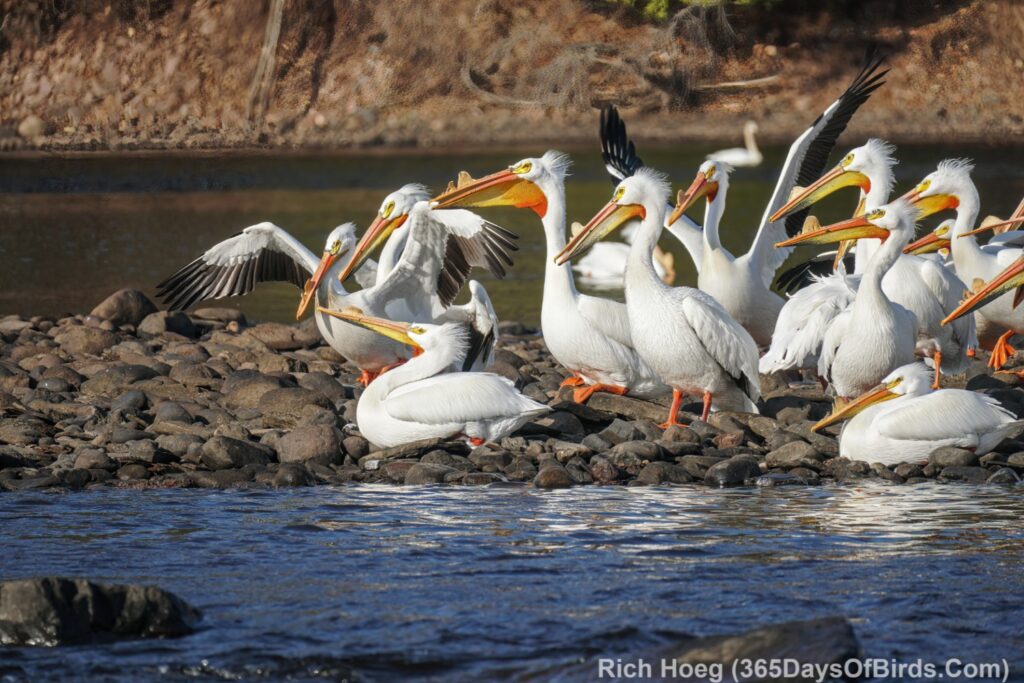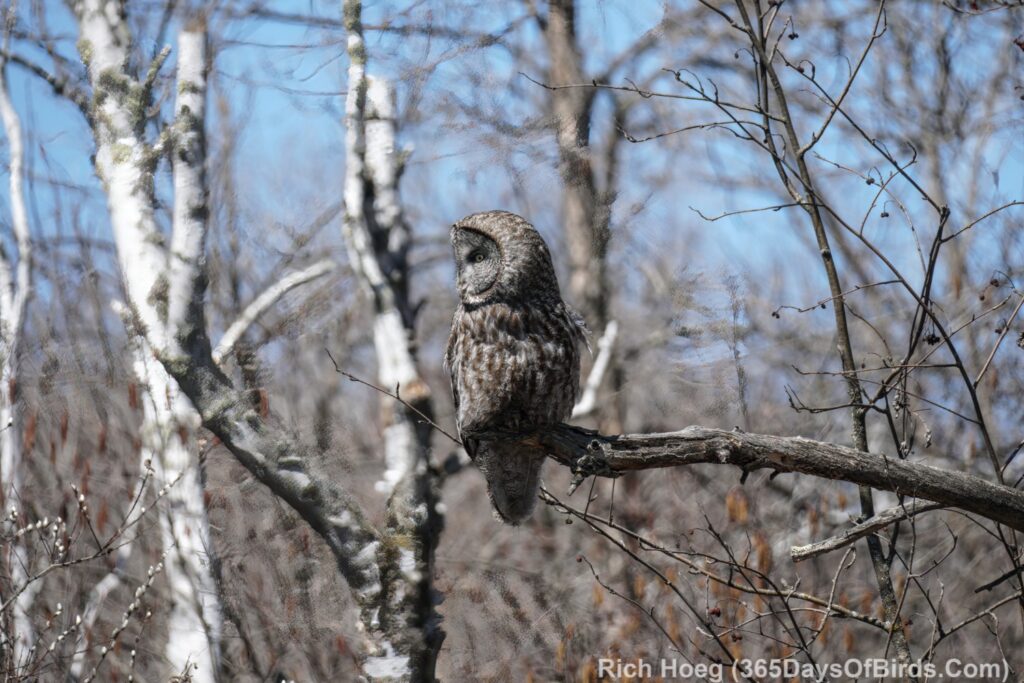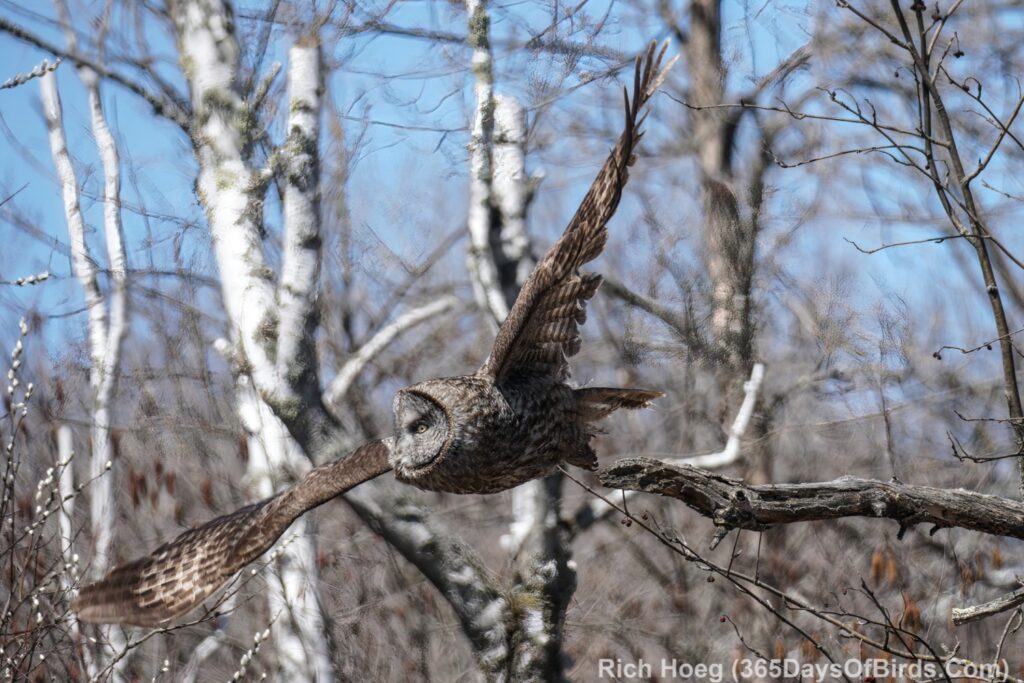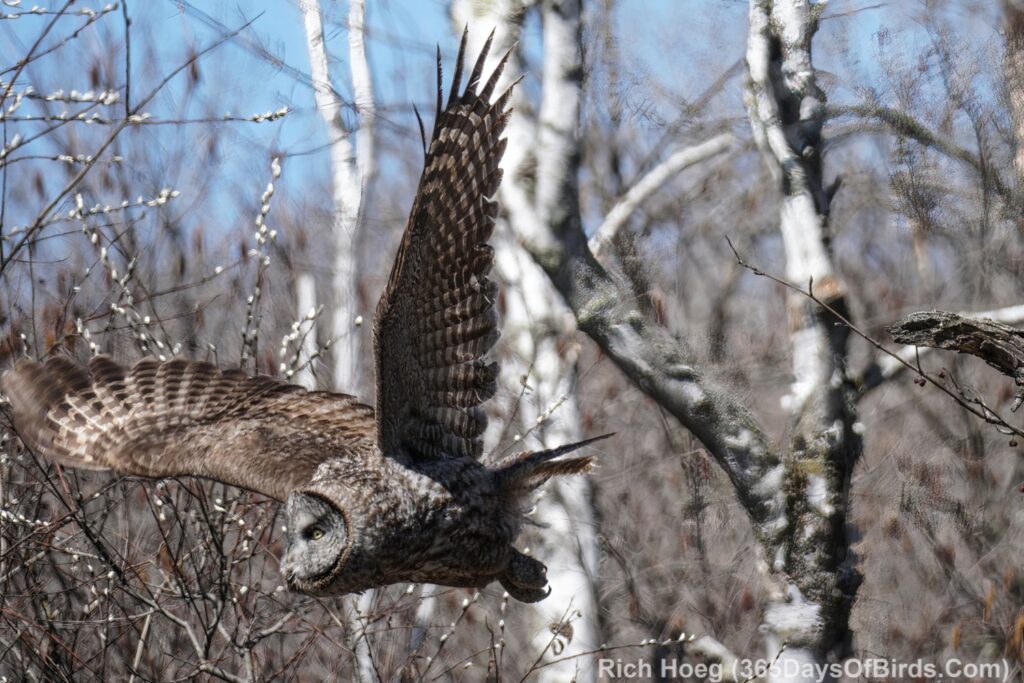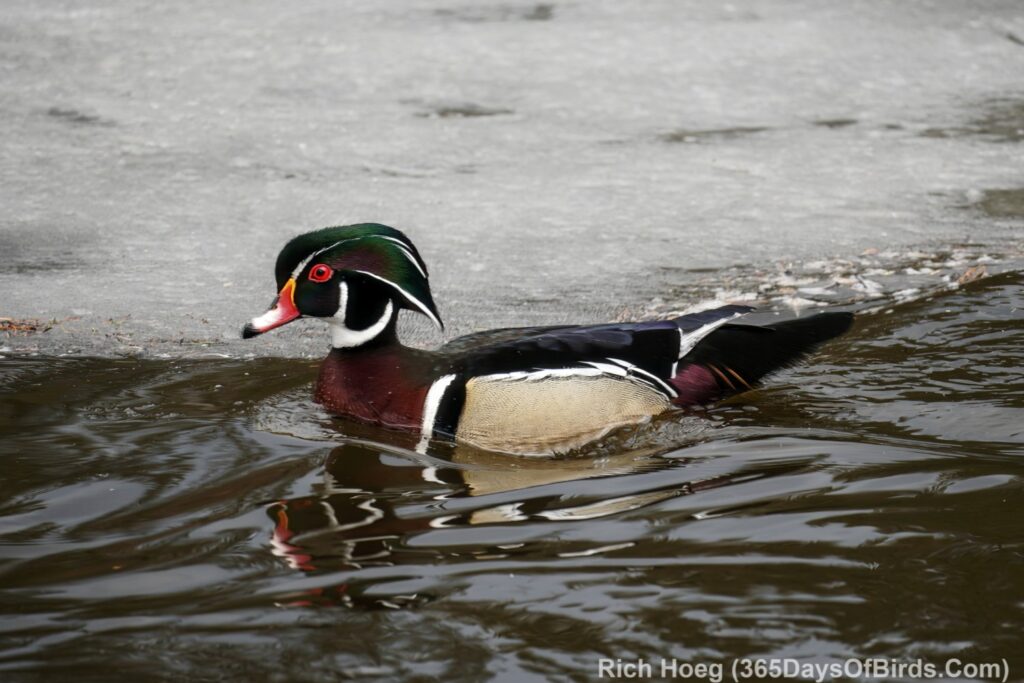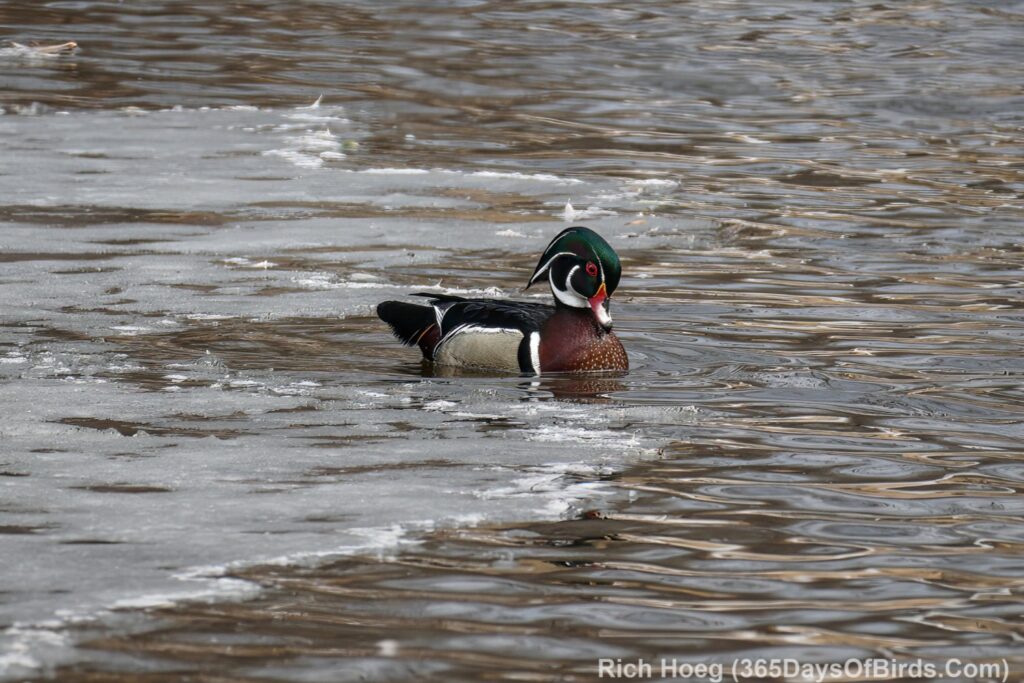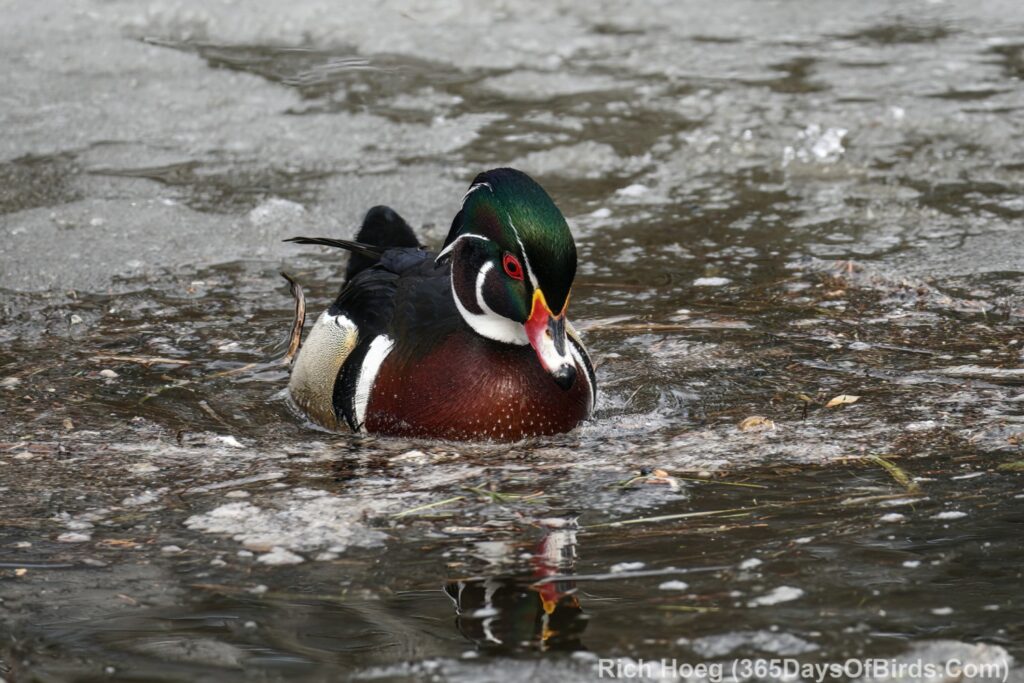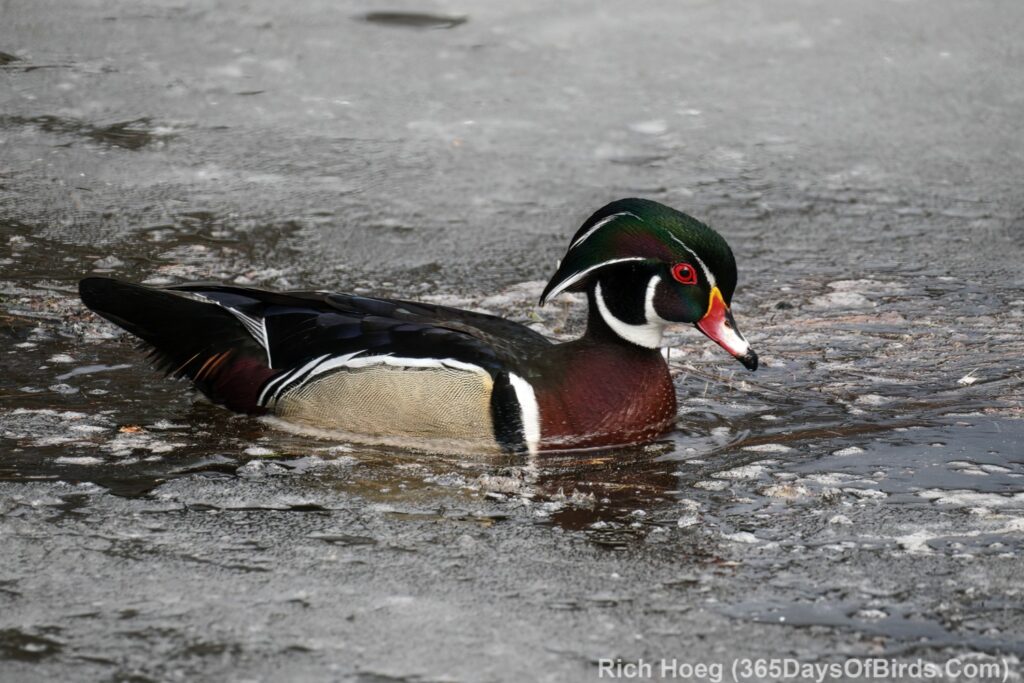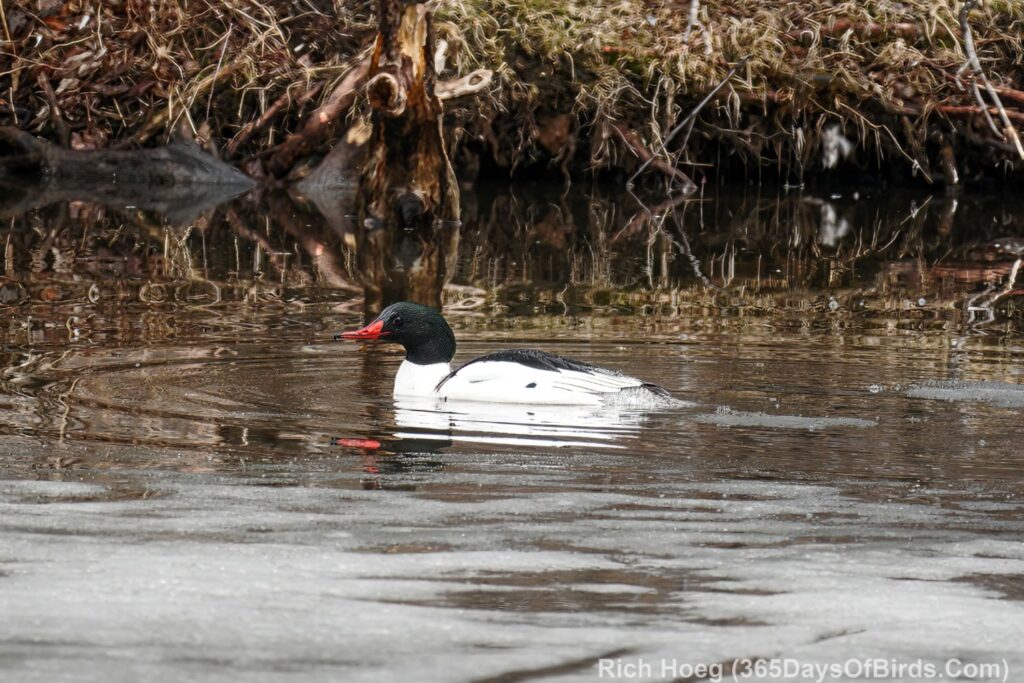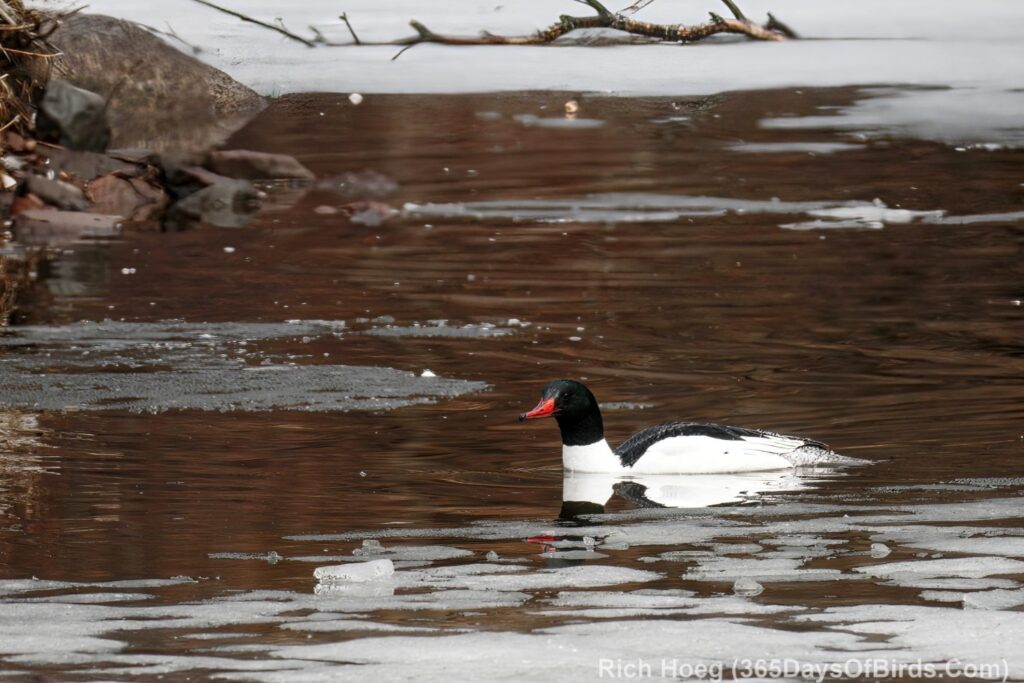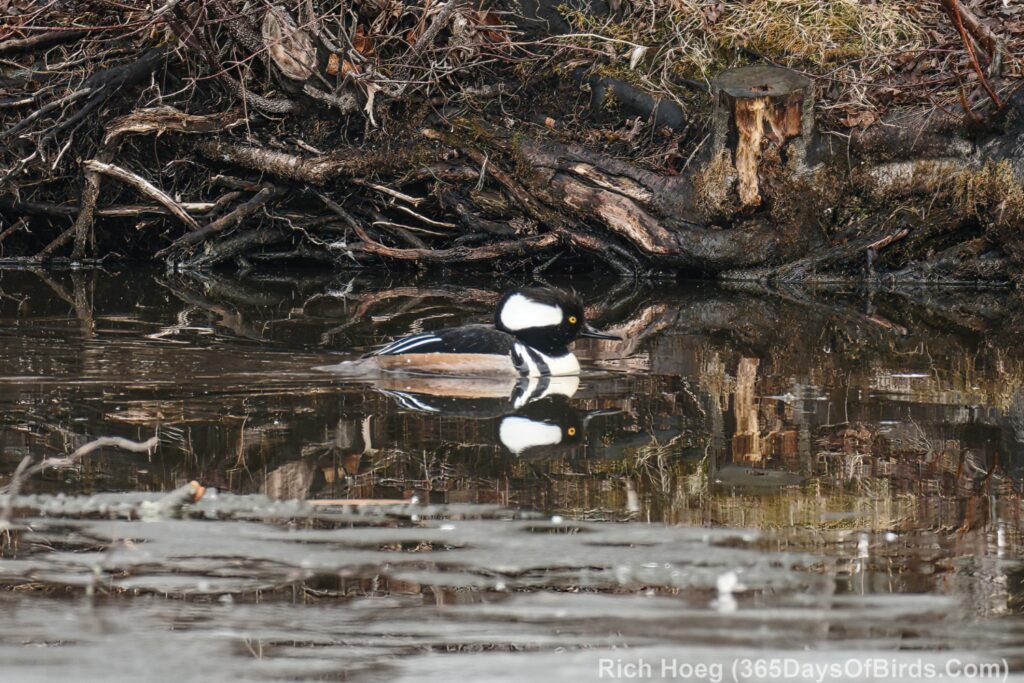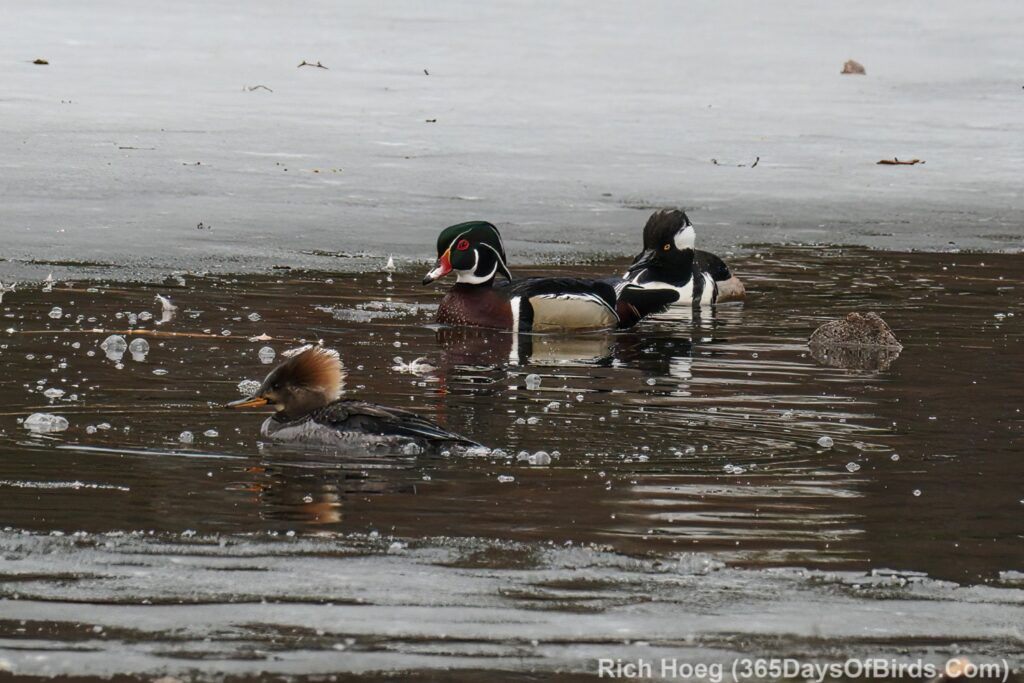When the Mississippi River Flyway & Willowsippi WMA did not produce for me over by Jacobson, Minnesota yesterday morning, I decided to come home via the Canosia Wildlife Management Area including a hike into the Great Blue Heron Rookery.
I was prepared for the major off trail bushwhacking to reach the beaver pond and rookery, but discovered that a large area had been logged over the winter. While the logged out area made for difficult hiking over the numerous trees which had been cut, but deemed not of commercial value (i.e. scattered and lying on the ground), the logging actually did make it easier to reach the pond.
While the ice only retreated off area ponds and lakes less than 5 days ago, all the fish eaters (ducks, ospreys and herons) were ready to migrate into our area upon learning there was open water. I estimated over 25 nests already had a male waiting for a mate, and a few nests were already occupied by mated pairs.
This Great Blue Heron Couple was the most active at the task of nest rebuilding. It took me a while to figure out that each time the male flew off in search of new branches and twigs, he only flew a short distance and landed upon an empty nest. The male heron would then proceed to deconstruct / dismantle the old nest and take sticks to fly home. He would then present his fantastic finds to his loved one! Pretty smart … very little energy expended.
A few more photographs of other nests …
And the local Osprey nest which was being contested by three individuals.
Canosia Great Blue Heron Rookery … the Movie! (video link for email subscribers)
